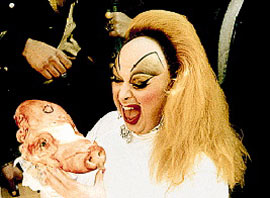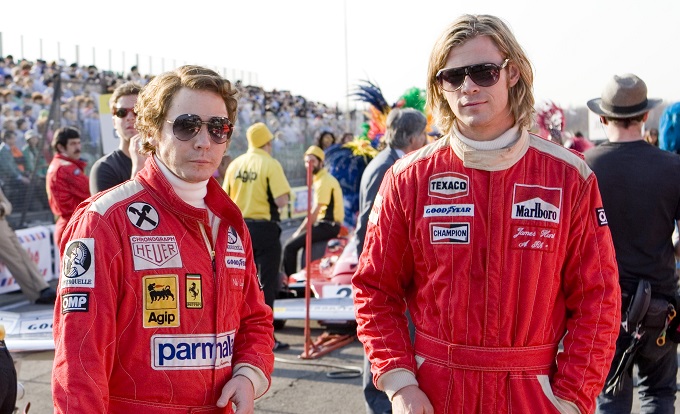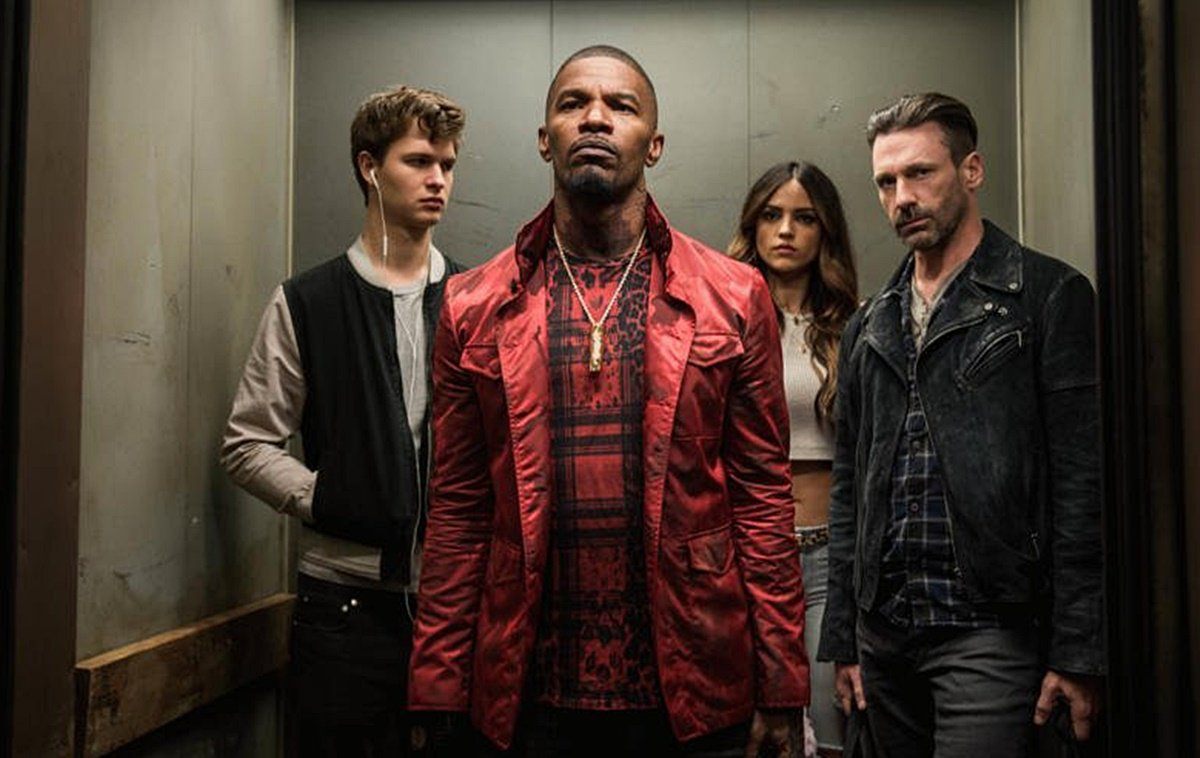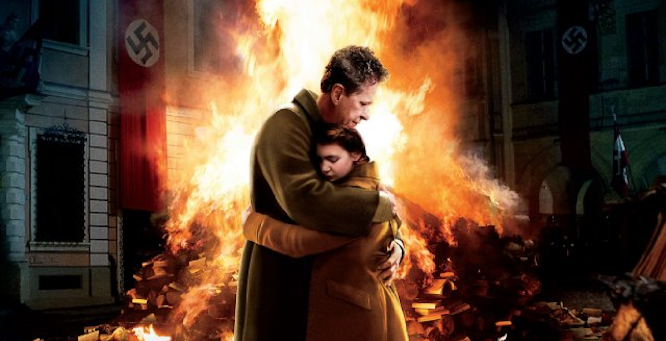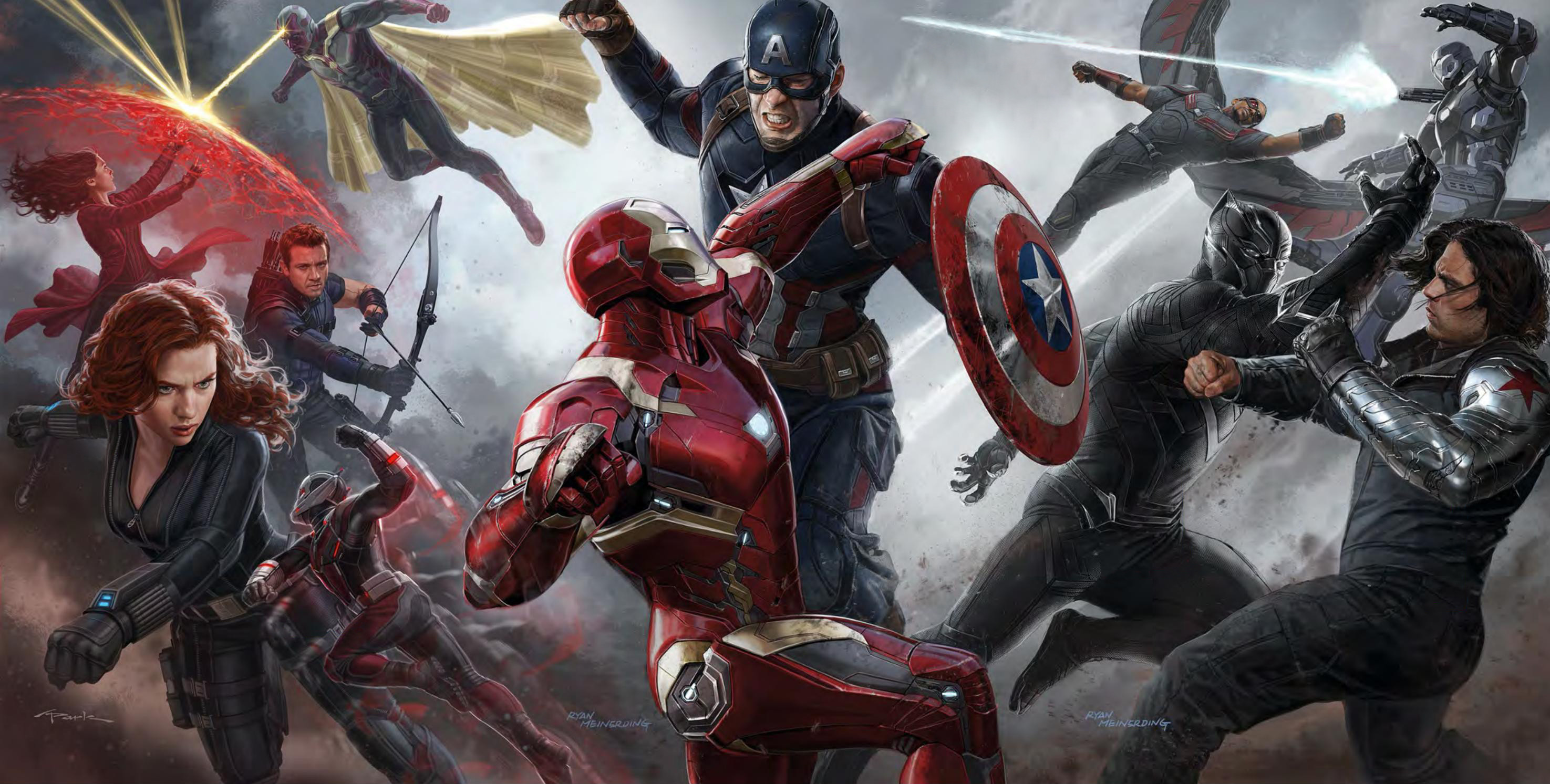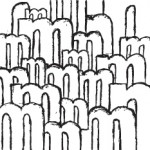 .
.
..
.
uch like the unpredictable and constantly shifting contours of today’s media distribution landscape, the 1960s and 70s was a time of great turmoil for the American film industry.

Seattle’s Paramount Theater is a relic from the days when the major Hollywood studios also owned the theaters where their films were screened.
It was a time of collapse for the “Golden Age” of Hollywood. In the Golden Age the big studios had a stranglehold on the movie business: not only did they produce the films, they owned the theaters that showed them. This made it virtually impossible for independents to enter the market, both filmmakers (studio-owned theaters would not show their movies) or exhibitors (studio productions were not made available to them). With the breakup of the studios in the wake of 1948’s Supreme Court decision in United States v. Paramount Pictures, the walls that had excluded independent filmmakers and distributors from full participation in the American film industry began to crumble.
Eventually independent distribution became viable enough that it brought about the end of the Hays Code, Hollywood’s self-imposed office of censorship. The Hays Office’s stamp of approval had been a prerequisite for exhibition from 1934 until 1966-68, when Code-challenging productions like The Moon Is Blue, Who’s Afraid of Virgina Woolf?, and Blow-Up were distributed without it, proving that movies could make a profit without kowtowing to the misogynist and moralistic rules of the studio-controlled Code. Meanwhile, at the same time the film industry was shaking off old models and reinventing itself, American culture as a whole was experiencing―well, was experiencing the 60s, a time of general cultural upheaval.
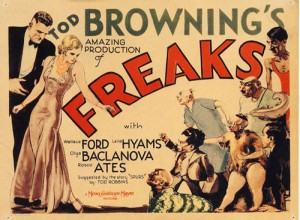 So you might say that the Midnight Movie audience came into being before the Midnight Movie itself did: out of the confluence of the disintegration of Old Hollywood and the growing cynicism of 60s youth culture, there was born, not a new film genre, so much an audience in search of an aesthetic. In fact, many of the titles that became successful as Midnight Movies—Reefer Madness, Freaks, Sylvia Scarlett—were dug out of the dusty vaults of critical obscurity; what gave rise to the Midnight Movie was not a new way of making films, but a new way of seeing them.
So you might say that the Midnight Movie audience came into being before the Midnight Movie itself did: out of the confluence of the disintegration of Old Hollywood and the growing cynicism of 60s youth culture, there was born, not a new film genre, so much an audience in search of an aesthetic. In fact, many of the titles that became successful as Midnight Movies—Reefer Madness, Freaks, Sylvia Scarlett—were dug out of the dusty vaults of critical obscurity; what gave rise to the Midnight Movie was not a new way of making films, but a new way of seeing them.
Enter Ben Barenholtz. In 1970, Mr. Barenholtz, owner of a New York arthouse theater called the Elgin Cinema, attended a screening of El Topo, a film by Mexican director Alexandro Jodorowsky, at the Museum of Modern Art. I don’t really have the space, here, to attempt a detailed description of a movie Roger Ebert called “a kind of freaked-out philosophical catchall,” but let me assure you: it’s a movie that deserves its place as the original Midnight Movie. El Topo was such a success—as a midnight movie; it flopped when later given a more conventional distribution—that others soon appeared in its wake. After six sold-out months, Barenholtz replaced it with the John Waters filth-opera Pink Flamingos. Genre-defining movies like Night of the Living Dead, Eraserhead, and The Rocky Horror Picture Show followed. At the same time, independent movie houses across the country began programming similar titles for their Friday and Saturday midnight slots.
While there’s little doubt that films had been screened at the midnight hour at other times in Hollywood’s past, there’s no doubt whatsoever that from here on out, from the opening night of El Topo at the Elgin, to refer to a film as a Midnight Movie is to suggest a specific, if wildly varied, genre. To be a Midnight Movie (or Cult Film, for a less temporally specific label), a movie must shock, it must have some humor—whether intentional or applied—and it must be, above all, transgressive: it must be disrespectful of taboos, societal norms, rules, manners.
Like, frinstance, these midnight movies, embedded for your viewing pleasure:[1]1
Driller Killer | Abel Ferrara | 1979
The first non-porn feature by Abel Ferrara, an American auteur whose sense of Catholic melodrama renders his exploitation flicks in operatic grandeur. In Driller Killer, Ferrara, the man who gave us the original Bad Lieutenant and lent the Body Snatchers a dread that was equally visceral and existential, lays out the blueprint for American Psycho with the story of a man driven by the suffocating pressures of life in New York City to relieve some of that pressure from the skulls of his victims with a power drill. It puts the gory in allegory.
The Legend of Boggy Creek | Charles B. Pierce | 1972
The Legend of Boggy Creek scared me (and scarred me) as a kid. It’s the reason I still don’t like to be out in the darkness alone. It’s a clumsily made fake-umentary, with locals playing themselves in cheesy reenactments, so on a purely camp level it’s entertaining. It even has a soundtrack peppered with a number of truly awful songs written specifically for the movie (drippy 70s folk ballads about a swamp monster!). But the images of the hulking humanoid, barely visible as it moves through the swamp, still give me goosebumps. And don’t even get me started on the hairy arm reaching through the window.
Night of the Living Dead | George Romero | 1968
Made for next to nothing on borrowed equipment in 1968, Night of the Living Dead shattered every possible taboo, onscreen and off. It spawned a genre, redefined mainstream horror, warped traditional distinctions of high and low art, and propelled independent cinema toward its golden age. George Romero, along with Wes Craven and John Carpenter, elevated pulp and exploitation to the level of literature, capable of the kind of depth and subtlety that had previously been the sole province of “serious” cinema. Possibly the single most influential independent film ever made, its effects continue today.
Nosferatu | F.W. Murnau | 1922
Ninety years and countless versions and revisions later, F.W. Murnau’s take on the Dracula legend remains the most powerful and the most unsettling. Nosferatu, in which Murnau juxtaposed process photography and locations, shadow and movement, not to mention sex and dread, is even today a master class in atmosphere and texture. Easily one of the most accessible silent films ever made, and a movie everyone should see at least once; I can pretty well guarantee you’ll return for a second feeding.
The Phantom of the Opera | Rupert Julian | 1925
Another deathless classic: one of the most popular stories ever told. Since this version first appeared in 1925, at least 20 other versions have been wrought from the same source material―including a rock spoof and one of the most popular musicals in the history of Broadway. The original still has undeniable power, due chiefly to Lon Chaney’s masochistic performance. His horrific makeup, which he designed himself, used hidden bits of metal to recreate the misshapen deathmask described in the original novel, and raises this treatment of the story from Hollywood melodrama to compelling storytelling. Still very effective.
Spider Baby | Jack Hill | 1968
It’s hard to know where to begin with Spider Baby: a hilarious and harrowing bit of Hillbilly Grand Guignol. I guess at heart it’s kind of a family drama—well, it includes incest at any rate—about three siblings who suffer from a genetic malady which essentially turns them into circus geeks. Nymphomaniac circus geeks. Murderous, cannibalistic circus geeks (alternate titles include Cannibal Orgy and The Liver Eaters). I should probably tell you not to watch it. But then you’d miss out on a true milestone of weirdness, a movie that just getting all the way through gives you certain bragging rights. Enjoy. (Features an early appearance by horror veteran Sid Haig, and provides some of the raw materials that Tobe Hooper would later rework in Texas Chainsaw Massacre.)
- These films are in the public domain, so they’re legal to share.
References
| ↑1 | 1 |
|---|

